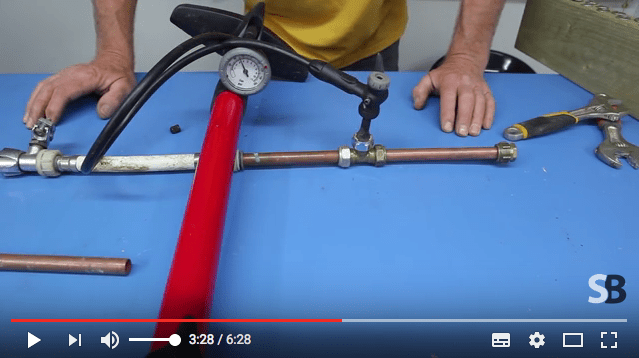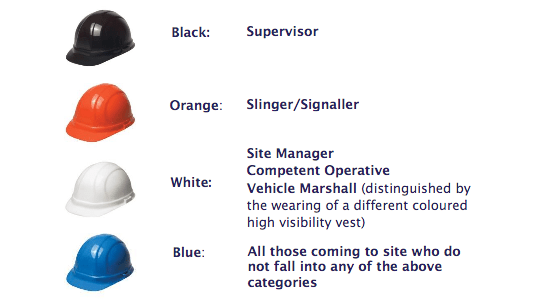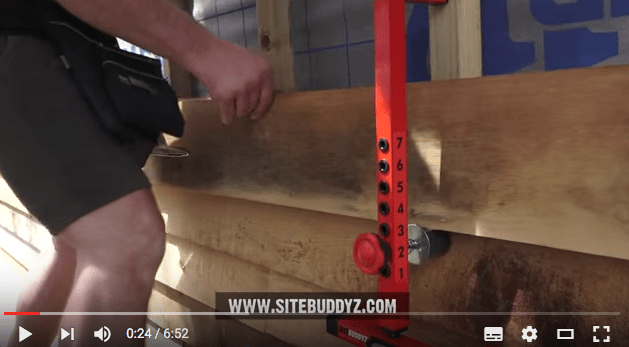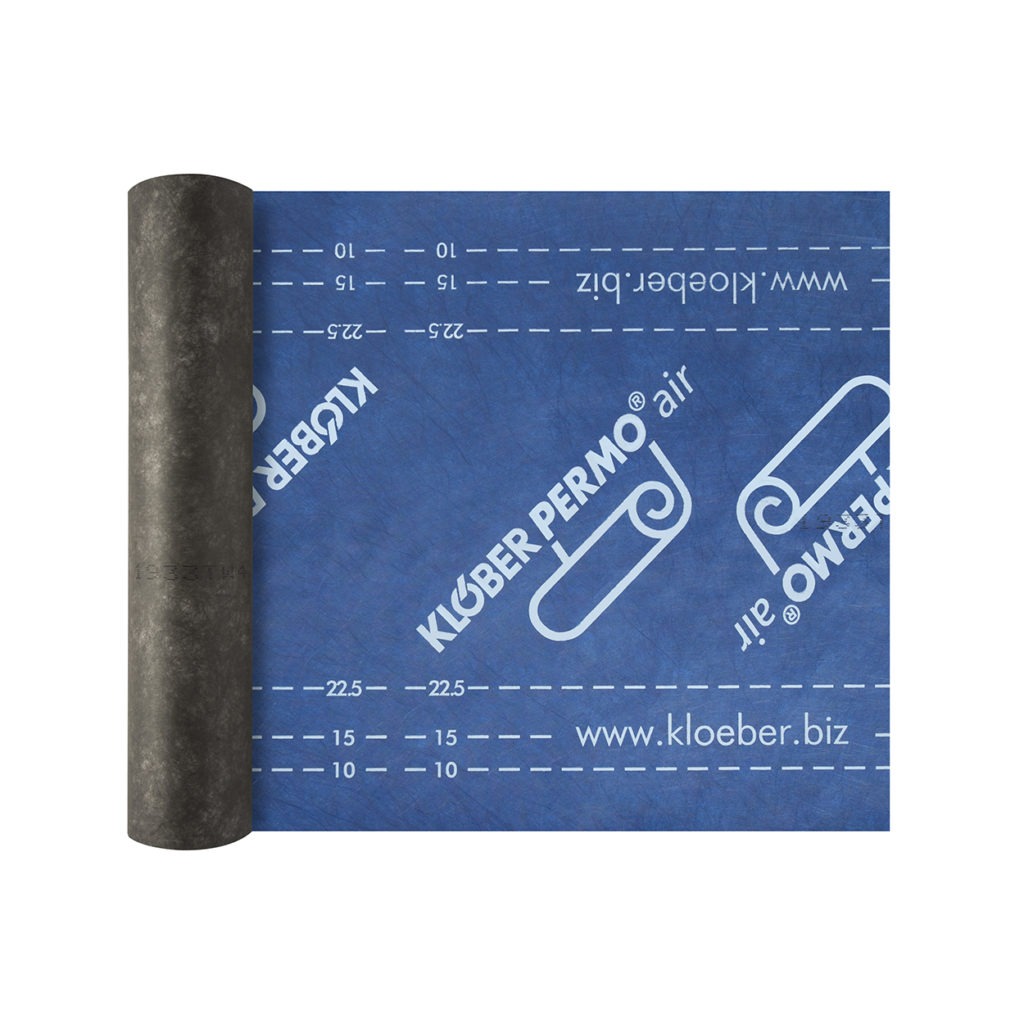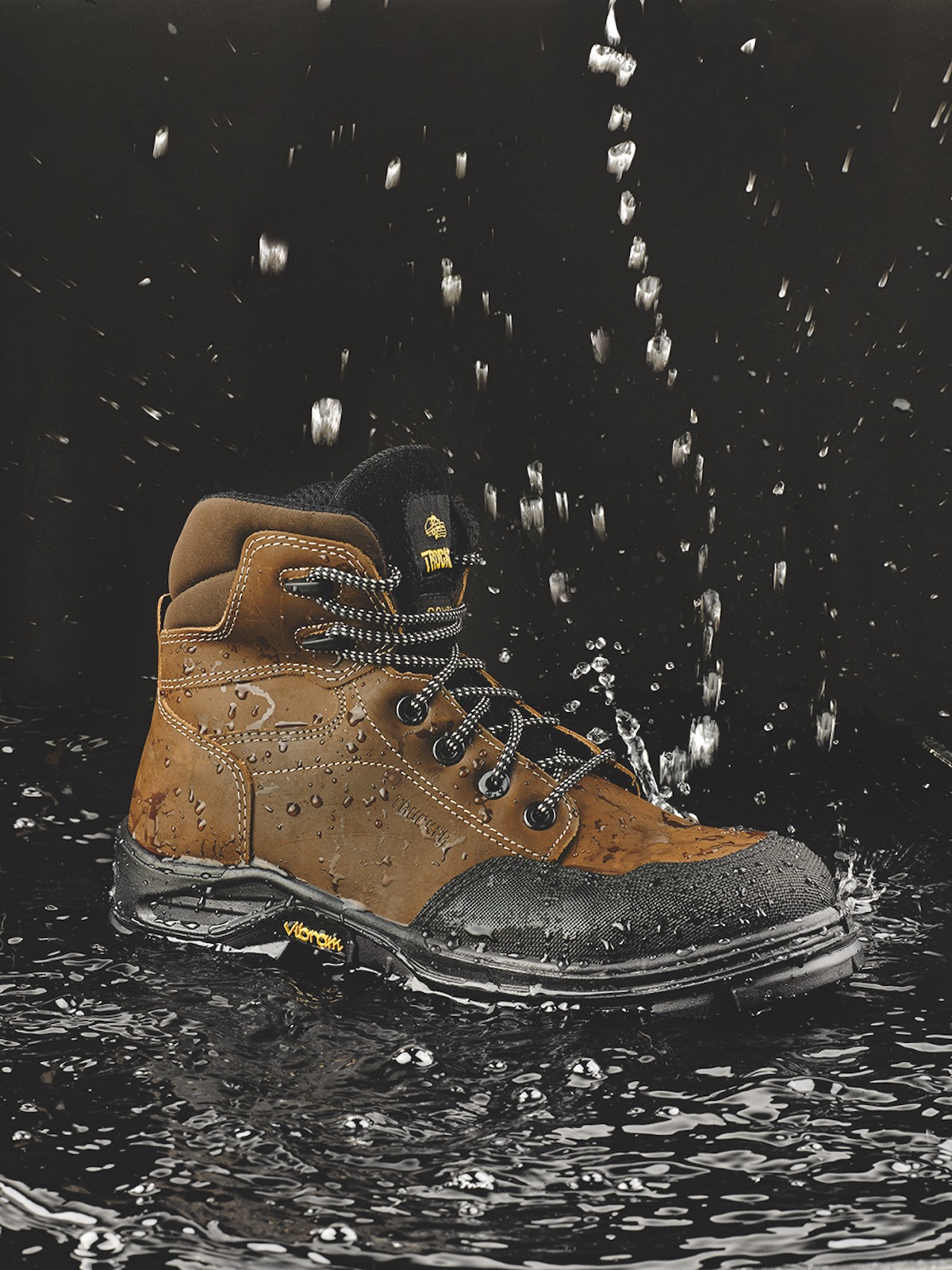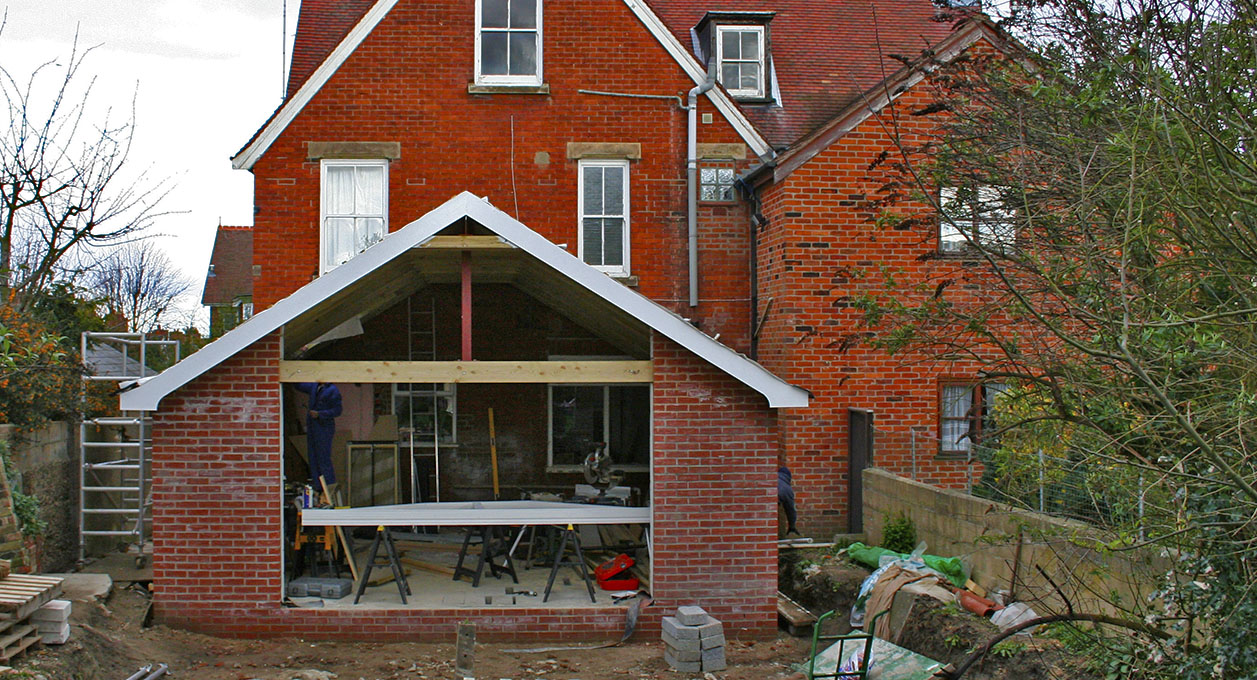Roger Bisby discusses the history of the window in building design and considers how modern property developers and homeowners can satisfy their lust for light.
The window tax was the not so bright idea of William III aka William of Orange. It was introduced in 1696 and, despite being a very unpopular tax, remained in force until 1851. Those who could not afford to pay it bricked up windows depriving themselves of much-needed light and air. Many of these windows still remain bricked up today but a growing trend among new house builders is to build in bricked up panels where there were never intended to be any windows.
A growing trend among new house builders is to build in bricked up panels where there were never intended to be any windows
Not only does this help new houses blend in with their surroundings it also has the effect of visually breaking up an otherwise boring brick elevation. Boundary walls in particular, where window areas are restricted to prevent fire spread, can benefit from a couple of dummy window panels, complete with sills and stone lintels or soldier courses.
But if the deceit is to be effective care needs to be taken not to over-egg the pudding. Placing bricked-up windows in a house style obviously later than 1851 will give the game away. It also helps if you put the bricked up panel where a window might have been. The picture above shows a window panel placed in the middle of a wall. It straddles the two floors.
The only window which does that is one on a staircase or a grand hall and there would not have been either in that position. Maybe I need to get a life and stop worrying about such things but for better or worse architecture is in the public arena even when it is on private property. The punitive window tax also had the effect of allowing the very rich to flaunt their wealth by bathing in the luxury of light.
Stately homes, such as Hardwick Hall, which looks very traditional now, were in fact the decadent architecture of their age full of swank. It may well have been that the owners trimmed a few pounds off their tax bill by bricking up some windows around the back, possibly in the servants quarters, but from the front, they gave the impression of business as usual. ‘Hardwick Hall, more glass than wall’ was a popular couplet at the time.
The punitive window tax also had the effect of allowing the very rich to flaunt their wealth by bathing in the luxury of light
Happily, the window tax is long gone and modern housebuilders are in the business of incorporating as much glass as possible into their design because it sells. These days no self-respecting new-build above a certain price would omit bi-fold doors but there are still dark forces at work that seek to deprive us of daylight. This time it is not a tax but Building Regulations Part L which limits the amount of glass a building may have on the grounds of energy conservation. If you use the simplest method of calculating heat losses you are restricted to the area of window you can have and this is expressed as 25% of the floor area. It is meagre by modern standards but you can often increase the area of glass by going for a higher spec Grade A window.
Happily the window tax is long gone and modern house builders are in the business of incorporating as much glass as possible into their design because it sells.
If this still doesn’t get you into the house of glass you desire there is another way of increasing the daylight by calculating the total heat loss from the home or an even more complicated way which involves calculating how much carbon emission will be created to heat it. This is called SAPs and is usually used in new build. The overall performance of a house is based on airtightness which is often impossible on anything but new build.
How many windows can you have in my extension?
The good news is that if you are extending or altering your home there is some room for manoeuvre and you can often negotiate your way around the problem. The application of the regs. is surprisingly flexible. If you increase the insulation elsewhere in the home, and improve your heating system, possibly incorporating some solar panels, you can then remove that wall facing the garden and put in glazed doors that stretch from wall to wall. It gets even better if the window is A-rated and incorporates the highest spec triple glazed Low E with argon-filled sealed units. In fact, if you are careful in selecting your windows you can achieve nearly the same ‘U’ value as a cavity wall and if the glazed area is south-facing you may even end up with a net heat gain. Of course, anyone reading this in a hot country, where the big energy input is spent keeping cool, may be bemused by our lust for light.



